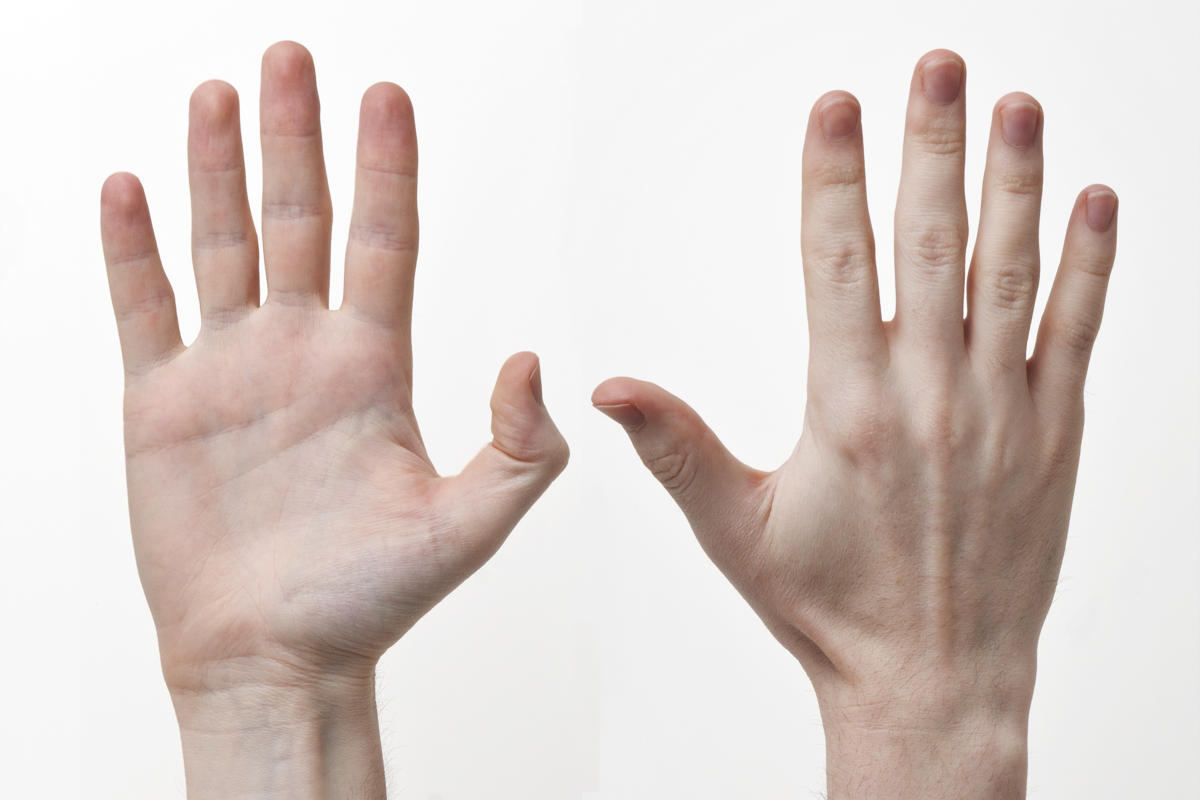
What is essential tremor?
Essential tremor is a slowly progressive disease that causes shaking while assuming static positions (postural tremor) and during movements (action tremor). It affects the arms (90%), head (30%), voice (20%) and occasionally trunk and legs (10-15%).
Typically, there is no tremor at rest, the tremor is not specific to certain tasks and there is no abnormal posture. The general neurological exam should otherwise be normal. Progression is slow. With age, the tremor frequency decreases and the amplitude increases, which may add to the disability.
There is often a strong family history and alcohol usually improves the tremor. Physiological (fever, infection, etc) and psychological stress aggravate the condition.
There is often a strong family history and alcohol usually improves the tremor. Physiological (fever, infection, etc) and psychological stress aggravate the condition.
Although the term ‘essential’, which was coined in the late 19th century, suggests a benign condition, considerable disability can occur. Tremor can have an impact on eating using a fork or spoon. Drinking a cup of tea or eating soup provides the greatest challenges because the risk of spilling.
Living with essential tremor
People with essential tremor tend to grasp cups with both hands, eat soups out of cups instead of using a spoon or only use straws for liquids. Handwriting becomes messy and may become illegible. Dressing also becomes difficult, especially with buttons, laces and latches on dresses or brassieres.
Tremor is especially disabling for those who need fine dexterity to perform their jobs such as with painters, woodworkers, mechanics etc. Compounded to the physical manifestations, there is a social stigma associated to the tremor and patients limit their social activities.
Despite over a century of recognition of essential tremor, the cause of the condition remains both elusive and a hotly debated topic. The classical culprit of essential was a dysfunction of a group of neurons called ‘central oscillators’.
A growing body of literature is implicating the cerebellum and its outflow to other parts of the brain such as the thalamus and the cortex. Classically, tremor was considered the only manifestation of essential tremor.
More recently, it has grown to encompass a syndrome including cognitive problems, olfactory problems, hearing problems, balance disorders and abnormal eye movements.
Yet, more recently, it has grown to encompass a syndrome including cognitive problems, olfactory problems, hearing problems, balance disorders and abnormal eye movements. However, the attribution of these various conditions to a possible ‘essential tremor syndrome’ remains controversial.
Is there any treatment available?
Medications are the first step in the treatment of ET. The American Academy of Neurology has published treatment guidelines (updated in 2011) and a recent comprehensive review of the treatments was published in 2015.
First line medications are propanolol and primidone, which have the most robust clinical evidence. Other medications that are usually tried are gabapentin, topiramate, clonazepam and botulinum toxin injections.
Each of these has side effects limiting their use. Propanolol should not be used in people with asthma, athletes (exercise intolerance) and those with heart conduction disease. Primidone can cause depression, drowsiness, cognitive and behavioral problems.
For those in whom medications have been unsuccessful, interventional approaches are considered. The mainstay for decades was thalamotomy but now thalamic deep brain stimulation has supplanted the former.
The limitations of these techniques are that only one side can be targeted for treatment, usually the most symptomatic.
The limitations of these techniques are that only one side can be targeted for treatment, usually the most symptomatic. Finally there are a number of gadgets available on the market such as spoons, bowls, adapted keyboards and software that allow functional adaptations to tremor.
There has been increased interest in alternative surgical strategies for tremor treatment. Recent studies have assessed treatment with gamma knife radiosurgery thalamotomy with some benefit (albeit delayed and requiring multiple treatment cycles).
However, no randomized trials have been done. Another research avenue is focused ultrasound thalamotomy. A recent comparison between deep brain stimulation and focused ultrasound found that both are equivalent in terms of disability improvement and quality of life.
There is limited data on the long-term response to treatment. A limitation of these lesion strategies are that only one side can be targeted for treatment, usually the most symptomatic side.
Improving our understanding in the future
Advances in genetics, including next generation sequencing, paired with an understanding of the associated features of ‘essential tremor syndrome’ will greatly improve our understanding of essential tremor.
Research exploring the abnormal connections between different brain regions in essential tremor, may in the future allow for more specific treatments.
Also, research exploring the abnormal connections between different brain regions in essential tremor, may in the future allow for more specific treatments. For example, the use of non-invasive brain stimulation such as low frequency transcranial magnetic stimulation may improve tremor, but no large scale randomized clinical trials have been performed.
However exciting this therapeutic avenue is, (and personal use devices are readily available to purchase on the internet – with little oversight) it is not ready for primetime.
Essential tremor is far from a benign condition. Greater understanding of the causes of the condition with advanced neuroimaging, physiology, genetics and well defined clinical studies have the potential to discover specific treatments for essential tremor and shake up the field.
8 Comments